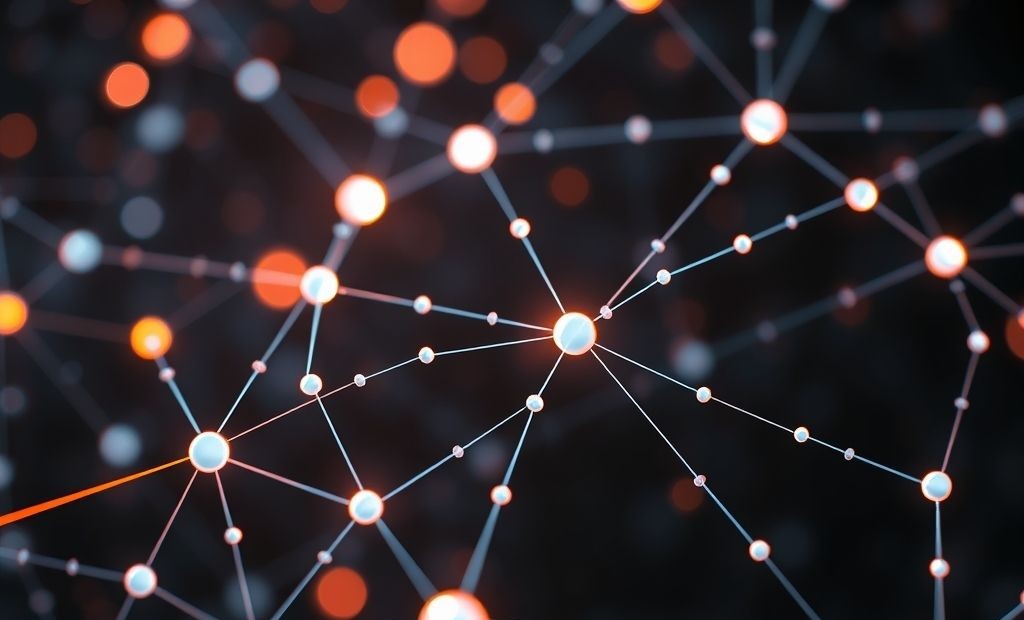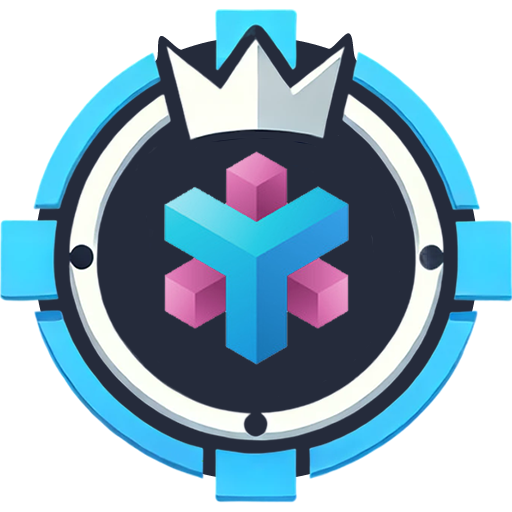Unlocking AI Creativity Exploring Advanced Prompt Engineering

Unlocking AI Creativity Exploring Advanced Prompt Engineering Artificial intelligence is rapidly evolving, and with it, the art of prompt engineering. Moving beyond basic instructions, advanced...
⏱️ Estimated reading time: 4 min
Latest News
Unlocking AI Creativity Exploring Advanced Prompt Engineering
Artificial intelligence is rapidly evolving, and with it, the art of prompt engineering. Moving beyond basic instructions, advanced prompt engineering delves into techniques that unlock the full creative potential of AI models. This post explores those advanced tips and tricks to get the best results from your AI experiments.
What is Advanced Prompt Engineering?
Advanced prompt engineering is more than just asking a question; it’s crafting detailed, nuanced prompts that guide AI models toward specific, creative outputs. It involves understanding the AI’s strengths and weaknesses, using techniques like:
- Few-shot learning giving the AI a few examples to learn from.
- Chain-of-thought prompting guiding the AI to break down complex problems step by step.
- Using specific tones or writing styles.
Techniques for Next-Level AI Interaction
1. Few-Shot Learning: Learning from Examples
Rather than just telling the AI what to do, show it! Few-shot learning involves providing the AI with a handful of examples to learn from. This is incredibly useful for tasks where defining the rules explicitly is difficult.
For example, if you want the AI to translate informal text to formal text:
Informal: Hey, what's up?
Formal: Greetings, how are you?
Informal: Gotta run!
Formal: I must depart now.
Informal: I'm feeling great.
Formal:
The AI will learn the pattern and provide a formal equivalent.
2. Chain-of-Thought Prompting: Breaking Down Complexity
Some tasks require multi-step reasoning. Chain-of-thought prompting encourages the AI to explain its reasoning process step-by-step, leading to more accurate and insightful results.
For example, instead of simply asking an AI to solve a math problem, ask it to explain its steps:
Problem: Roger has 5 tennis balls. He buys 2 more cans of tennis balls. Each can has 3 tennis balls. How many tennis balls does he have now?
Let's think step by step.
The AI will then explain the steps:
First, Roger buys 2 cans * 3 balls/can = 6 new balls.
Then, he adds those to his original 5 balls: 5 balls + 6 balls = 11 balls.
Answer: Roger has 11 tennis balls.
3. Role-Playing: Defining a Persona
Giving the AI a specific role can dramatically change its output. By defining a persona, you can influence the AI’s tone, style, and perspective.
Example:
Act as a seasoned marketing expert with 20 years of experience. Explain the importance of SEO for a small business in a friendly, approachable manner.
4. Temperature Tweaking: Controlling Creativity
Most AI models have a ‘temperature’ setting that controls the randomness of the output. A lower temperature produces more predictable and focused results, while a higher temperature encourages more creative and unexpected outputs.
- Lower Temperature: Ideal for tasks requiring accuracy and consistency.
- Higher Temperature: Best suited for brainstorming, creative writing, and generating novel ideas.
5. Iterative Refinement: Polishing the Output
Prompt engineering is rarely a one-shot process. Often, you’ll need to refine your prompts based on the AI’s initial output. Analyze the results, identify areas for improvement, and adjust your prompts accordingly. This iterative process leads to the most effective and creative AI interactions.
Practical Applications in AI Experiments
- Content Creation: Generate blog posts, articles, and marketing copy with a specific tone and style.
- Code Generation: Produce well-documented and efficient code by providing detailed instructions and examples.
- Art and Design: Create unique images and designs by specifying artistic styles, color palettes, and compositional elements.
- Problem Solving: Tackle complex problems by guiding the AI through a step-by-step reasoning process.
Final Words
Advanced prompt engineering is a powerful tool for unlocking the creative potential of AI models. By mastering techniques like few-shot learning, chain-of-thought prompting, and role-playing, you can transform your AI experiments from simple tasks into groundbreaking innovations. Embrace these techniques, experiment with different approaches, and discover the endless possibilities of AI-driven creativity.
Related Posts

Share Your AI Gems: Google Gemini’s New Feature
Google Gemini’s Gems: Share Your Custom AI Assistants Google now empowers you to share your...
September 18, 2025

Justice and AI Fairness Costs Under UNESCO Spotlight
Balancing Fairness and Public Safety in AI Judgment Systems New Academic Findings Artificial intelligence is...
September 12, 2025

Justice System AI Fairness Costs Revisited by UNESCO
AI in Criminal Justice Balancing Fairness and Public Safety Artificial intelligence AI has become an...
September 11, 2025











Leave a Reply